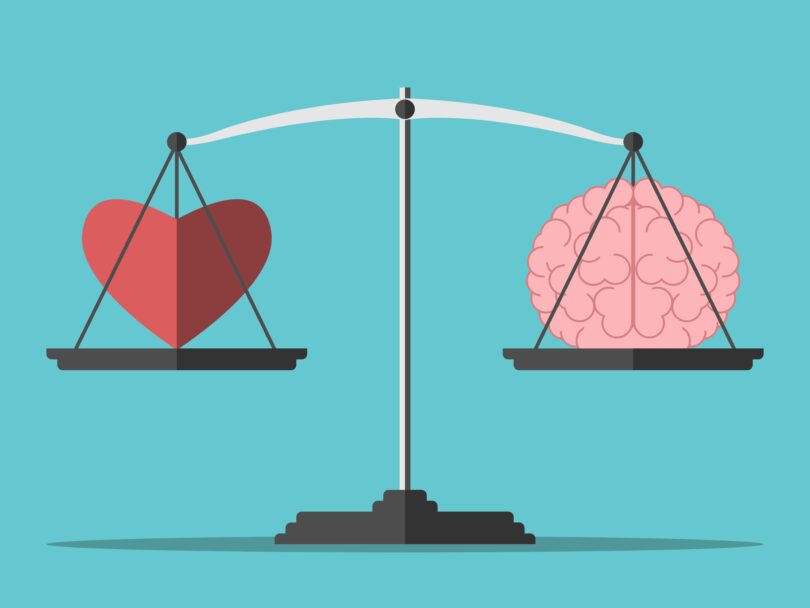There are many ways to improve environmental wellness. Some simple ways include:
1. Reduce, reuse, and recycle.
2. Use natural cleaning products.
3. Compost kitchen scraps.
4. Plant a garden.
5. Drive less.
6. Walk or bike more.
7. Use less water.
8. Turn off the lights when you leave a room.
9. Educate yourself and others about ways to be more environmentally friendly.
1-Environmental factors that have an impact on health.
There are many environmental factors that can have an impact on our health. Some of these factors are within our control, such as the quality of the air we breathe, the food we eat, and the water we drink. Other factors, such as exposure to toxic chemicals or radiation, are not within our control and can pose a serious threat to our health.
The air we breathe is one of the most important environmental factors affecting our health. Air pollution can cause a variety of respiratory problems, including asthma, bronchitis, and emphysema. Additionally, air pollution has been linked to heart disease, stroke, and cancer.
The food we eat is another important factor affecting our health. pesticide exposure, foodborne illnesses, and malnutrition are all potential health hazards posed by the food we eat.
The water we drink is also an important factor in our health. Drinking water can be contaminated with bacteria, viruses, and chemicals that can cause illness.
2-Evaluation of the effectiveness and interventions to improve environmental wellness.
There is a growing body of evidence that suggests that evaluation interventions can improve environmental well-being. A recent study published in the journal “Environmental Science and Technology” found that evaluation interventions led to a significant reduction in environmental stressors and improved environmental well-being in a community in China.
The study, conducted by a team of researchers from the Chinese Academy of Sciences, looked at the effects of two different types of evaluation interventions on a community in the Shandong province of China. The first type of intervention was a community-based environmental education program that was designed to promote environmental awareness and knowledge. The second type of intervention was an environmental protection program that was designed to reduce environmental stressors.
The study found that the community-based environmental education program led to a significant reduction in environmental stressors and improved environmental well-being. The environmental protection program also led to a significant reduction in environmental stressors
3-Barriers that implementing interventions to improve environmental wellness.
There are many barriers to implementing interventions to improve wellness. The most common barrier is lack of time. Other barriers include lack of knowledge, lack of resources, and lack of motivation.
Lack of time is the most common barrier to implementing interventions to improve wellness. This is because interventions often require lifestyle changes, which can be difficult to make when we are busy with other things.
Lack of knowledge is another common barrier to implementing interventions to improve wellness. We may not know how to make the changes that are necessary, or we may not be aware of the resources that are available to us.
Lack of resources is also a common barrier to implementing interventions to improve wellness. We may not have the money to purchase the items that we need, or we may not have access to the resources that we need.
Lack of motivation is another common barrier to implementing interventions to improve wellness. It can be difficult to make changes to our lifestyle.

Hello there! I’m thrilled to share my passion for health and wellness with you. My name is Hamza, and I’m on an exciting journey to discover the true essence of living a balanced, vibrant, and fulfilling life.






Leave a Comment